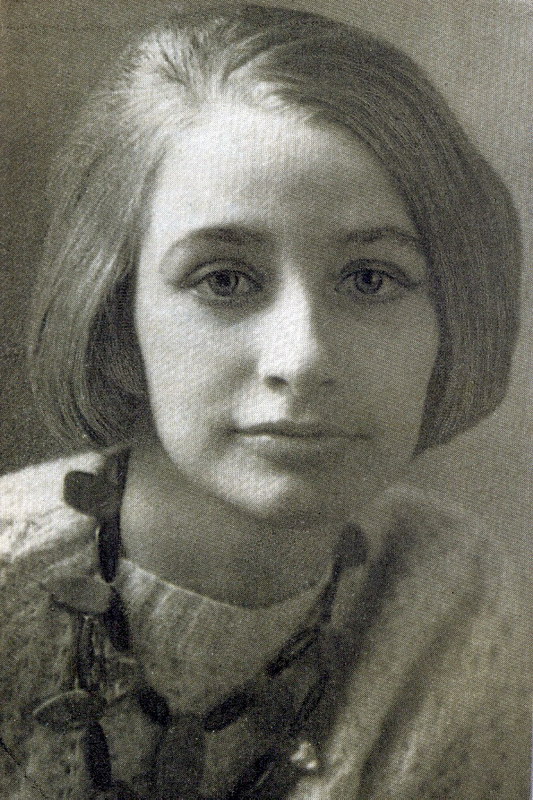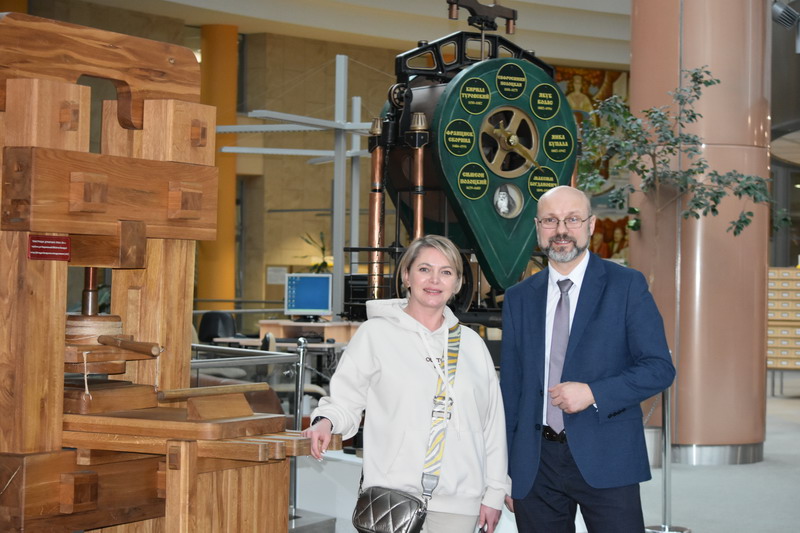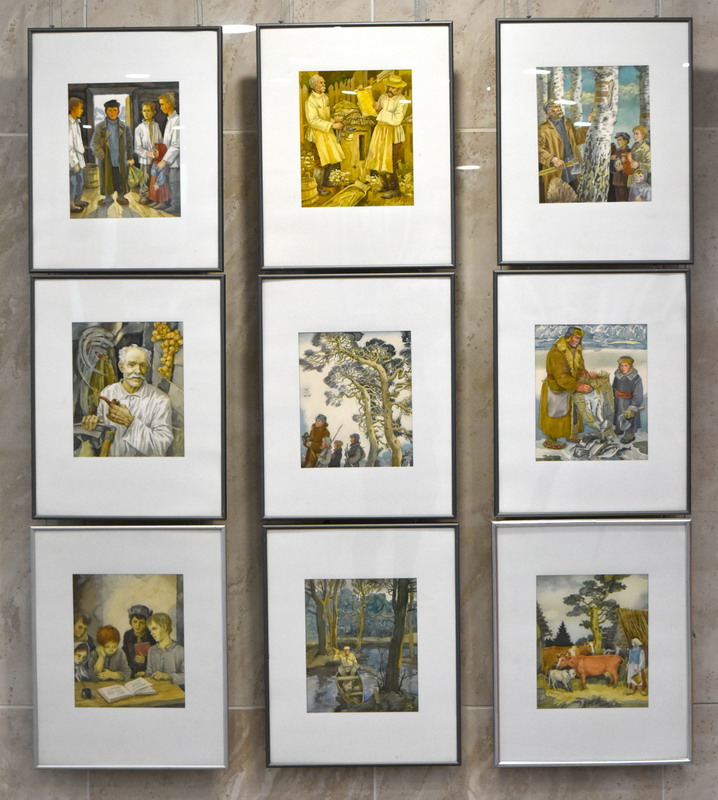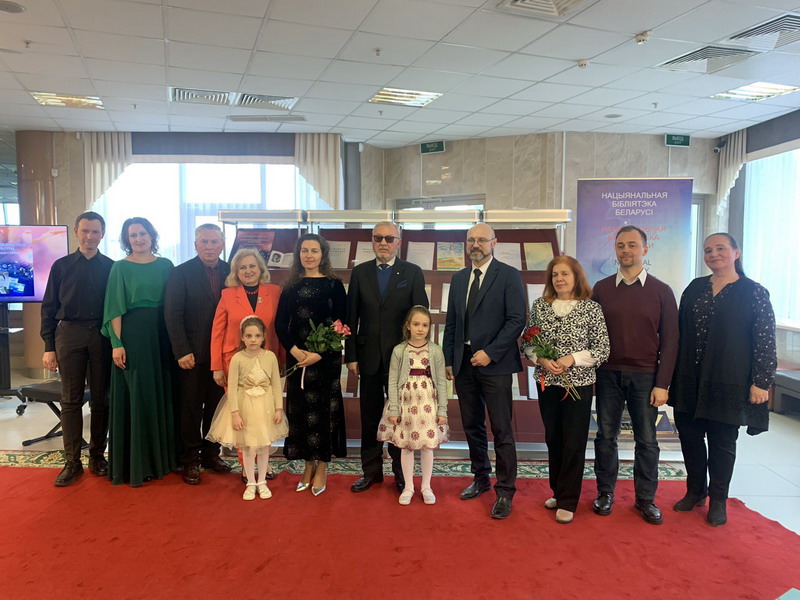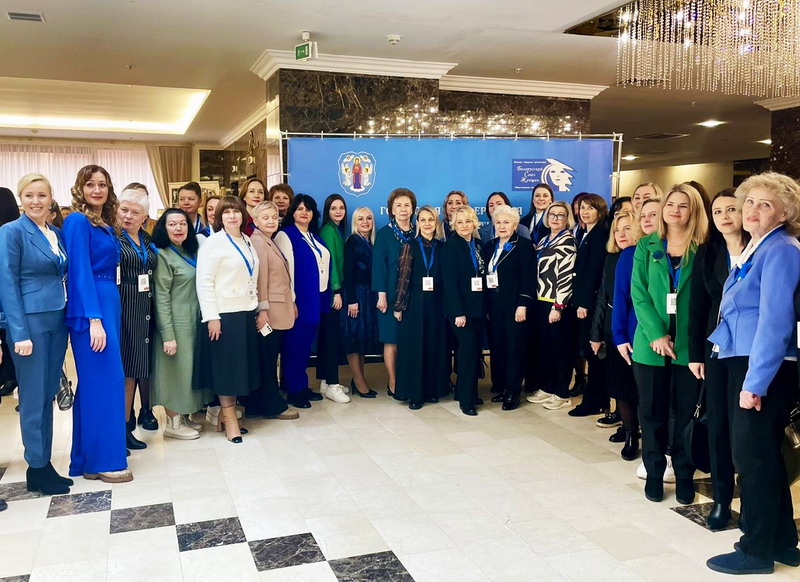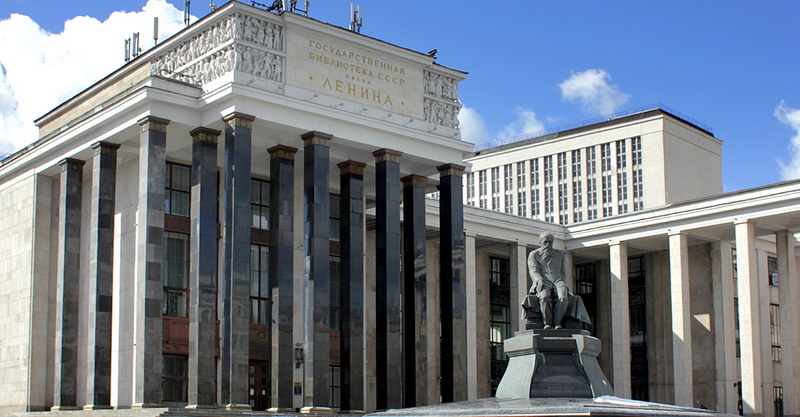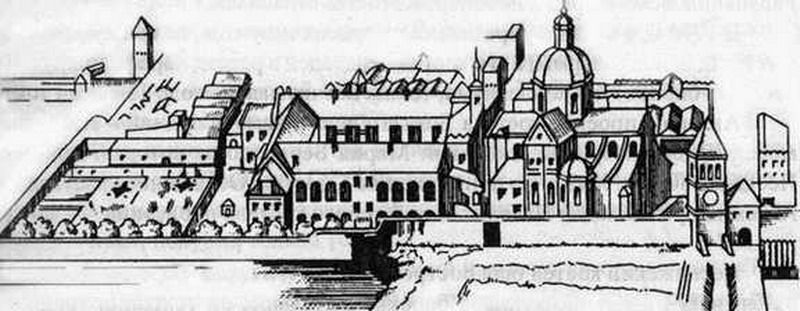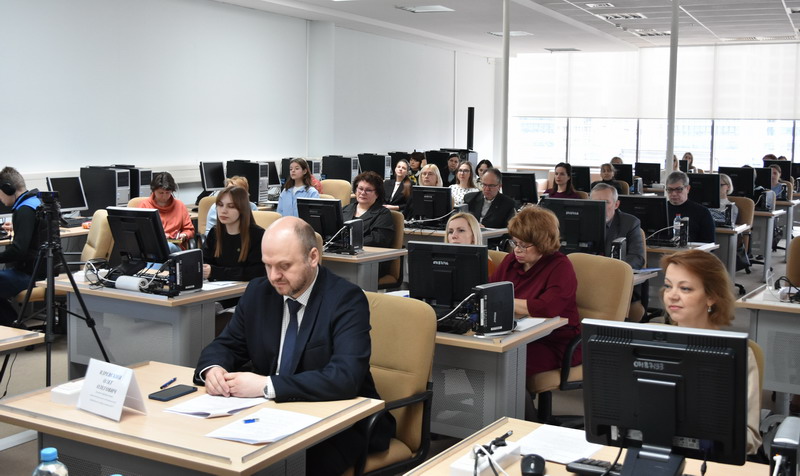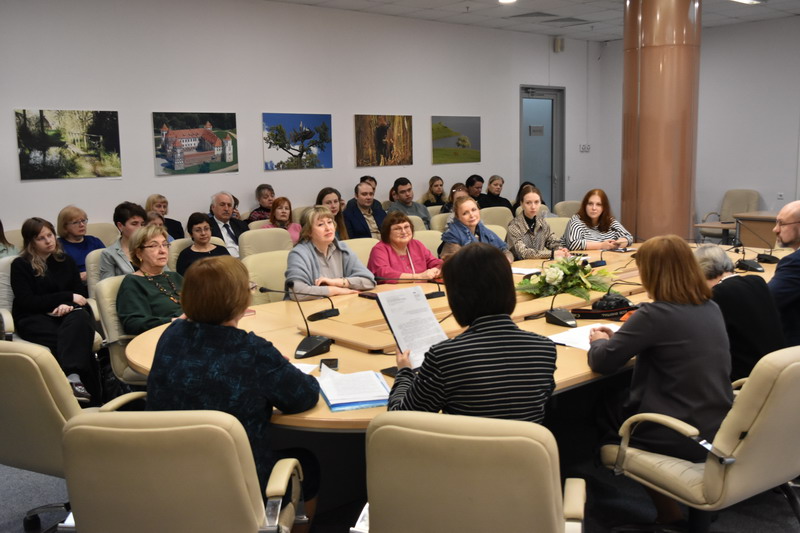14 January marks the 80th birthday anniversary of Viera Viarba (1942–2012), a well-known Belarusian poetess, translator, whose works enriched the Belarusian literature of the second half of the twentieth century.
Viera Viarba (real name Hiertruda Sakalova) was born in the village of Vysoki Haradziec, Talachyn district, Viciebsk region into a family of public servants. Her father died in 1941 near Smolensk before his daughter was born.
In 1958, Viera entered the Department of Philology of the Belarusian State University. Since then, her poems started to be published in the national magazines Viasiolka, Biarozka, Maladosc, Polymia and others. In 1962 she published her first book, Vochy Viasny (The Eyes of Spring), which was highly acclaimed by critics. They noted the author's emotionality, the melodiousness of her poetry, her heartfelt lyricism, and her keen sense of beauty. The composer Mikalaj Piatrenka wrote music to one of the poems, Ruchniki. Ruchniki became part of the repertoire of the Piesniary and, thanks to the performance skills of the ensemble, became a truly popular song. This is how a very young Viera Viarba came to be widely known. Later, songs to the poetess' lyrics were also written by I. Barsukou and L. Svierdel.
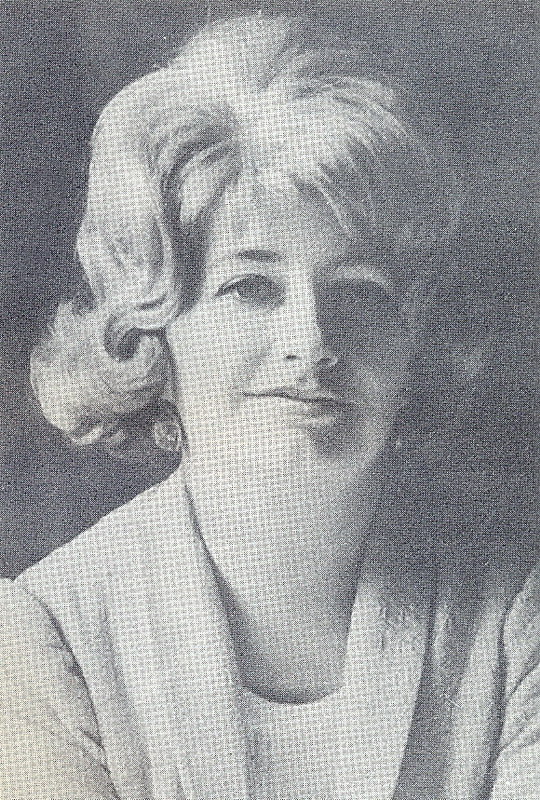
Since 1964, she joined the Union of Writers of the BSSR. She worked as a freelance reporter of the magazine Maladosc (1964–1969), chief inspector of the department of literary propaganda of the Book Trade Administration of the BSSR Council of Ministers (1969–1971); from 1972, she worked as a literary worker, later as head of the letters and information department of the newspaper Litaratura i Mastactva; from 1977, she worked as a freelance reporter of the magazine Rabotnica i Sialianka; in 1980–1983, she worked in the editorial office of Belarus magazine.
Viera Viarba is the author of the poetry books Bielyja Pismy (White Letters) (1967), Praleska (Snowdrop) (1968), Vyksakonny Hod (Leap Year) (1969), Siniaja Bukhta (Blue Bay) (1975), Alfa (1978), Maja Malienkaja Planieta (My Little Planet) (1982) and Jaraslauna (1986). In 1976, The Collected Works were published; in 1987, a collection of selected poetry Belyja Pismy was published, and in 1995, Aposhni Vierasien (The Last September) was published.

Each of her books is a lyrical monologue of sorts, filled with a romantically sublime mood. Intimate lyrics predominate, with love, youth and motherhood as the main themes. The femininity of the author's poetry was already apparent in Bielyja Pismy. The early works present the image of a young, naive, and very vulnerable woman in love. In the later poems, there is a sense of drama, with the protagonist often full of anxiety and foreboding. It is the result of unfulfilled hopes for mutual love and happy life. The poems Siniaja Bukhta, Alfa, and poems U Mianie Kahannie...(I Have Love), Partret (Portrait), Cieraz Niahody i Hady...(Through Hardships and Years), Tvajo Imia (Your Name), Mimozy (Mimosas), and others are dedicated to this theme.
Motherhood is a striking manifestation of femininity in Viarba's work. The image of the woman-mother is particularly powerful in her poetry. In her book of poems about her son, Maja Malienkaja Planieta, the lyrical protagonist reveals the enormity of the mother's emotion, when a child is a whole universe to a mother and she is ready to sacrifice everything for the child, even her own life. Closely linked to the theme of motherhood is the image of the motherland. Many of her pieces have an educational message for the younger generation. There are poems in which excitement for the spiritual transformation of life, people's destiny and the harmony of existence is palpable.
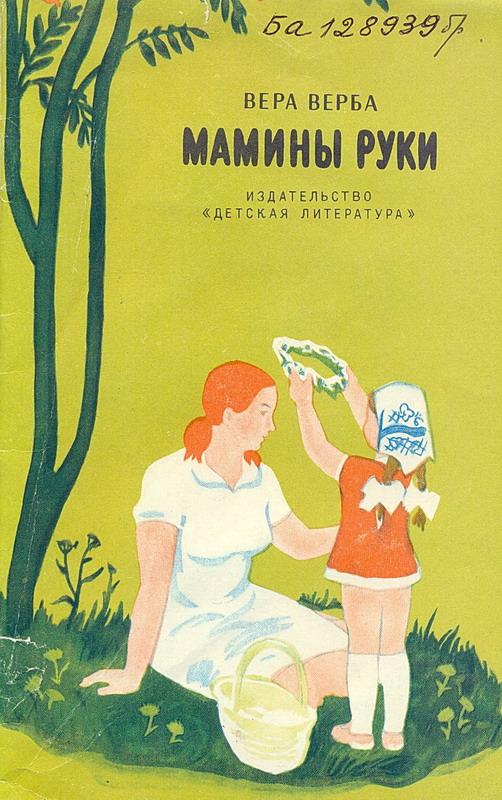
Viera Viarba dedicated several works to the heroic image of Viera Haruzhaja, who became for her the ideal of justice and courage (Viera Haruzhaja, Haruzhaja, Viera, a section of the lyrical epic poem Kalina – Prypiac, preface to the poetic piece Viera, etc.). It was she who inspired the choice of the poet's pen name. As for its other part, the poetess perceived the trees as close beings, the willow for her a symbol of sadness, of lamentation. Many pages of Viera Viarba's books are dedicated to the beauty of nature in Belarus.
The poetess lived among the miners of Salihorsk for quite a long time. She wrote essays about them in prose. She also translated writings from Ukrainian, Hebrew, Russian, Lithuanian, Uzbek and several other languages, the most important of which was Wild Dingo Dog, or a Tale of the First Love by Ruvim Fraerman. Her works have been translated into Russian and other languages. Interestingly, she translated her own book Sniezhnaja Horka (Snow Hill) into Russian herself.
Viera Viarba did not leave an autobiography, she stopped writing poetry long before she passed away. She is known to lyric lovers for her distinctive style, her lofty and wise poems, many of which are charming in their cordiality and sincerity.
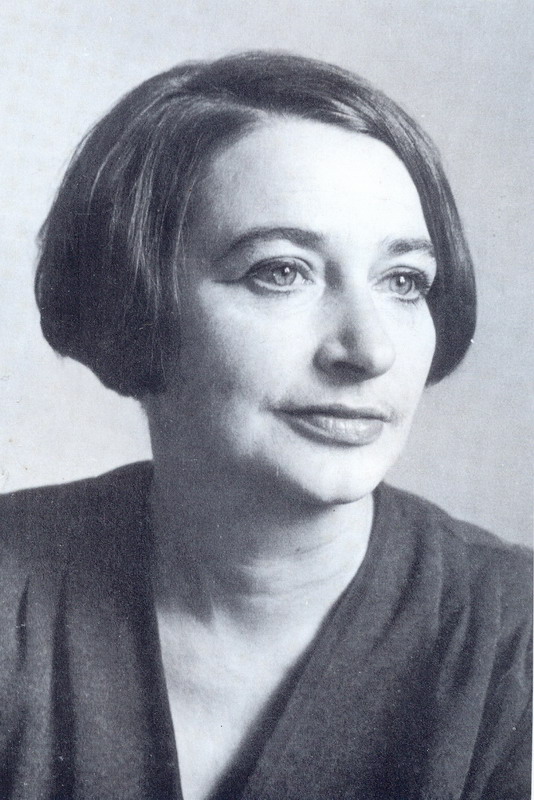
Information about the poetess can be found in the electronic catalogue of the online encyclopaedia “Belarus in Persons and Events” of the National Library of Belarus and in the electronic catalogue. There is an exhibition called Circles of Being from 4 January to 17 February in the Belarusian Literature Reading Room of the National Library, dedicated to the 80th birthday anniversary of the Belarusian poetess.
Bibliology Research Department

